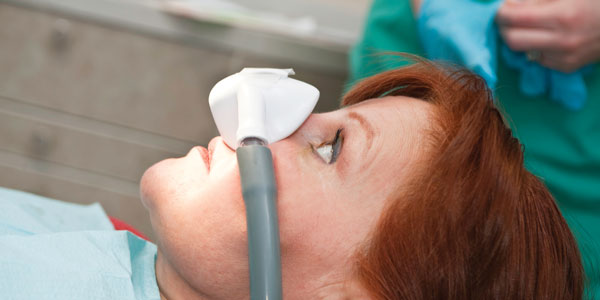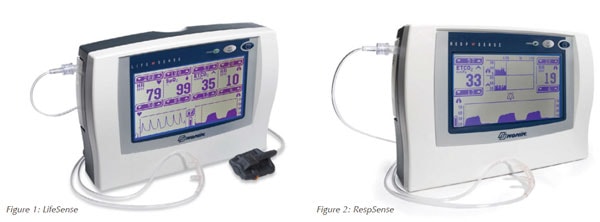 When new patients come into my office, I always ask if they have been diagnosed with sleep apnea. It’s an important piece of their medical history that I need to know before I begin sedation. If a patient has been diagnosed with sleep apnea, I will treat him or her differently and monitor them more closely.
When new patients come into my office, I always ask if they have been diagnosed with sleep apnea. It’s an important piece of their medical history that I need to know before I begin sedation. If a patient has been diagnosed with sleep apnea, I will treat him or her differently and monitor them more closely.
A few years ago, a patient said no when I asked her this question. I gave her our initial dose of anesthesia, and she completely stopped breathing. My assistant and I followed protocol, taking steps to get her breathing again. We were just about to get the reversal agents when the woman opened her eyes, took a nice, deep breath and said, “I am so relaxed.” It’s a good thing she was relaxed, because I definitely was not!
It turns out that patient was later diagnosed with sleep apnea. Situations like these are rare; however, they can have drastic outcomes. Patients with breathing problems, like sleep apnea or asthma, are some of the most likely to stop breathing under anesthesia. With an estimated 22 million Americans¹ suffering from sleep apnea, and as many as 80% of those cases undiagnosed, it’s imperative that sedation dentists are aware of the risks.
At the time that patient stopped breathing in the chair, I was not using a carbon dioxide monitor in my practice. I have since started using an end-tidal CO2 monitor, called a capnograph, as an extra line of defense in protecting my patients. Capnographs send an alert the instant a patient stops breathing; however, they are not widely used in general dentist’s office. That may start changing, as the American Dental Association adopted guidelines in October 2016 recommending all dentists – not just oral surgeons – apply capnography during sedation procedures.
Most general dentists use pulse oximetry, which measures the amount of oxygen in the blood. A patient would have to hold his or her breath for approximately a full minute before the monitor catches a drop in the O2 levels. Capnography, on the other hand, can raise an alarm within seconds, saving valuable time to get the patient breathing again.
If a patient stops breathing in the chair, my first step is to simply tap him or her on the shoulder and give instructions to take a nice, deep breath. Because the capnograph catches the issue so early, that is enough to get them breathing again the majority of the time. I take it as an important warning sign as well. If I get an alert, I know I need to closely monitor the patient throughout the rest of the procedure and potentially alter the anesthesia regimen.
I have been using capnography in my practice since 2011. The capnograph I use is made by Nonin Medical, Inc. The Minnesota company has a long history of inventing and driving the technology of noninvasive medical devices forward². In 2016, Nonin launched the next generation of end-tidal CO2 monitors, the LifeSense® II and RespSense® II. The capnographs are so simple they do not require much training. I cannot find a downside to using capnography in a dental practice.
 Also important to note is the growing use of sedation in general dentistry. Historically, sedation has been used for procedures like removing wisdom teeth, but these days it is not limited to that. What we’re seeing is patients with a fear of going to the dentist no longer “white knuckling” it at their appointments. They’re requesting mild sedation to help them relieve their discomfort for even minor procedures like fillings or teeth cleanings.
Also important to note is the growing use of sedation in general dentistry. Historically, sedation has been used for procedures like removing wisdom teeth, but these days it is not limited to that. What we’re seeing is patients with a fear of going to the dentist no longer “white knuckling” it at their appointments. They’re requesting mild sedation to help them relieve their discomfort for even minor procedures like fillings or teeth cleanings.
A more recent patient visit serves as an example of the difference capnography can make. As always, I asked the patient if he had been diagnosed with sleep apnea. He told me no. During his procedure, he kept holding his breath. Because of the alerts from the capnograph, we were able to wake him up easily, modify our treatment to get the work done safely. At the end of the appointment, I suggested to him that he go to the doctor to get checked out. And it’s a good thing he did, because the doctor diagnosed him with sleep apnea.
Bottom line: sedation dentistry is a very safe process, and technology is making it even safer all the time. It’s up to us, the dentists, to investigate, embrace and implement this new technology so that we can better protect our patients.

